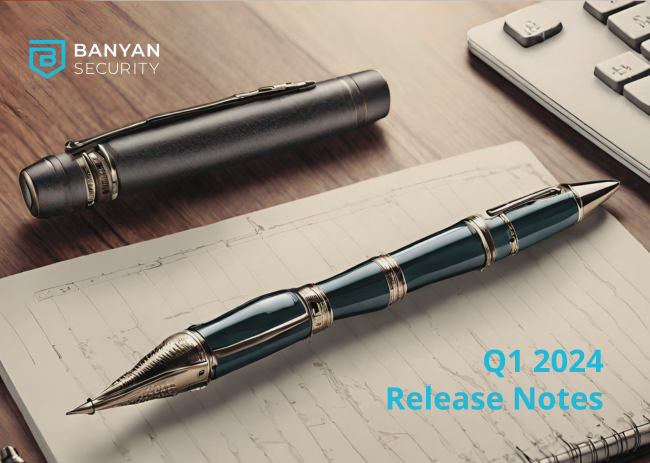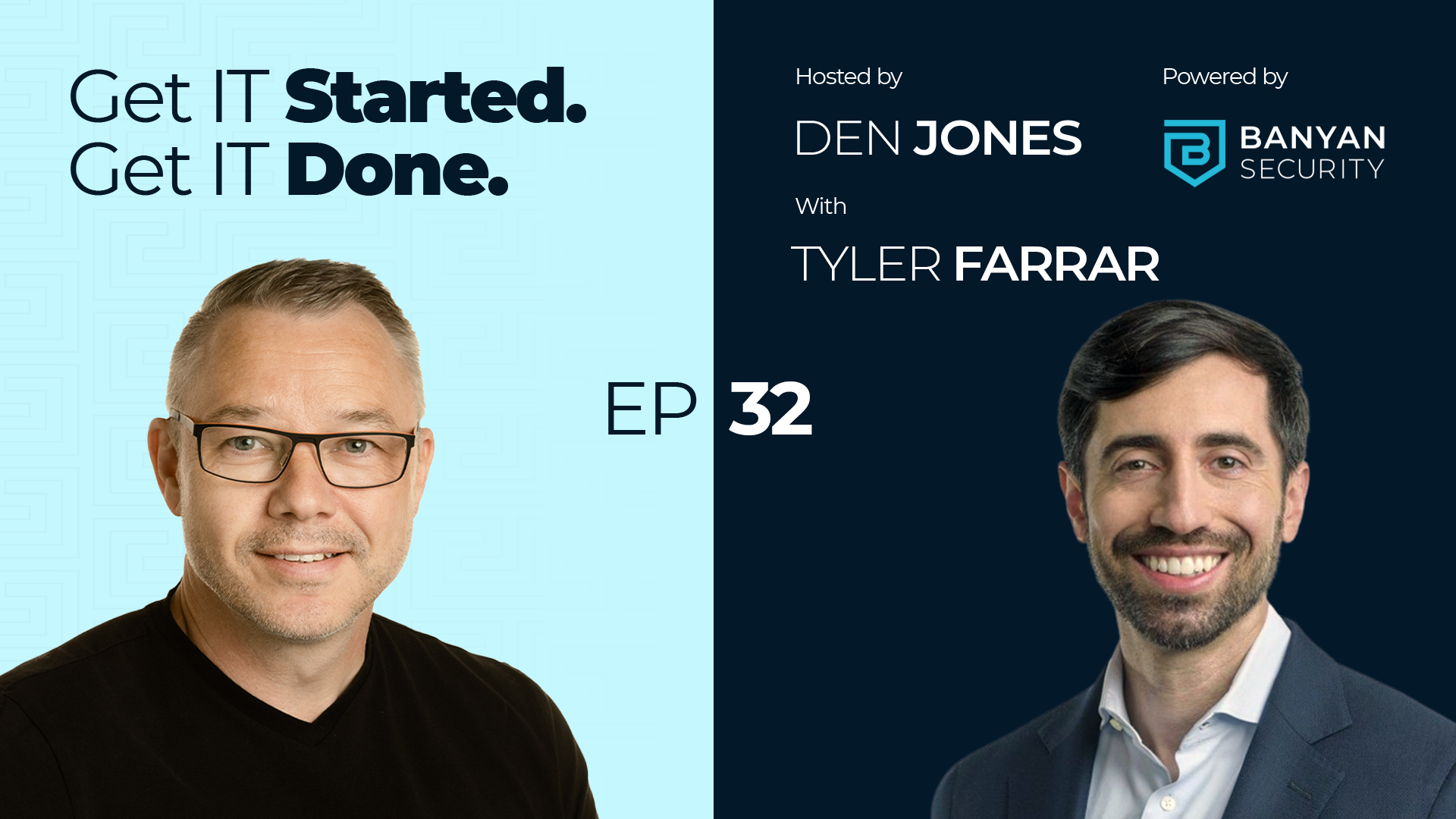The Cloud Attack Surface, often referred to as the “cloud attack surface area,” represents the sum of all potential points of vulnerability and exposure within an organization’s cloud computing environment that could be exploited by malicious actors to launch cyberattacks, compromise security, or gain unauthorized access to cloud resources and data. It encompasses the various attack vectors, entry points, configurations, and security weaknesses that exist within the cloud infrastructure and services used by an organization.
Key elements contributing to the cloud attack surface include:
- Identity and Access Management: User accounts, permissions, and authentication mechanisms that govern access to cloud resources and services.
- Network Configuration: Cloud networks, subnets, security groups, firewall rules, and access controls that determine how traffic is routed and protected within the cloud environment.
- Cloud Services and APIs: Cloud providers offer a multitude of services, and each service can introduce its own potential vulnerabilities or misconfigurations that attackers could exploit.
- Storage and Data: The way data is stored, encrypted, and managed within cloud storage solutions, databases, and data lakes.
- Virtual Machines and Containers: Security configurations, patches, and access controls on virtual machines (VMs) and containerized workloads running in the cloud.
- Serverless Functions: Security configurations and access controls for serverless computing environments, such as AWS Lambda or Azure Functions.
- Application Code: Security of custom applications hosted in the cloud, including web applications and APIs.
- Logging and Monitoring: The effectiveness of monitoring, alerting, and logging systems to detect and respond to security incidents.
- Authentication Mechanisms: Security protocols, keys, and tokens used for authentication and authorization in the cloud environment.
- Third-Party Integrations: The security posture of third-party services and applications integrated with the organization’s cloud environment.
- Compliance and Regulatory Controls: Adherence to industry-specific compliance requirements and security standards within the cloud infrastructure.
- IoT and Connected Devices: Security considerations for IoT devices and sensors connected to cloud resources.
Reduce the cloud attack surface and enhance security:
- Implementing strong access controls and identity management.
- Regularly auditing and monitoring cloud resources and configurations.
- Applying security patches and updates promptly.
- Employing encryption for data at rest and in transit.
- Following the principle of least privilege to limit user access.
- Conducting security assessments and penetration testing.
- Educating staff about cloud security best practices.
- Leveraging cloud-native security solutions provided by the cloud provider.
- Continuously evaluating and enhancing security measures as the cloud environment evolves.
A well-managed and secure cloud attack surface is critical for safeguarding an organization’s data, applications, and infrastructure in the cloud, especially given the dynamic and constantly changing nature of cloud environments.








